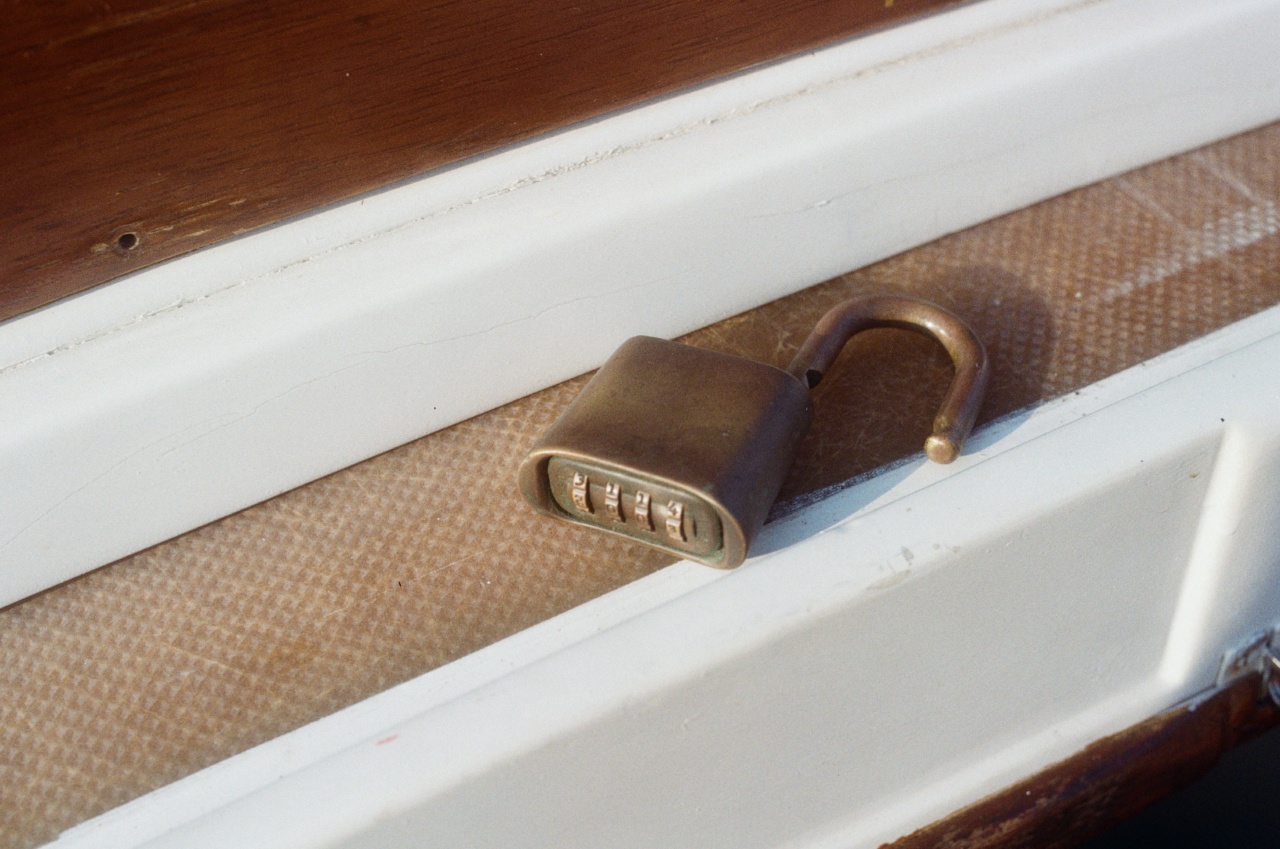The sun is essential for life on earth and provides us with light, vitamin D, and warmth. However, exposure to the sun’s rays can have a harmful effect on our skin and overall health.
Ultraviolet (UV) rays from the sun can cause skin damage, premature aging, and even skin cancer. Here are ten ways to protect yourself from the sun’s harmful rays and stay safe while enjoying the great outdoors.
1. Wear a Hat
Wearing a hat is one of the most effective ways to protect your face, neck, and ears from the sun’s harmful rays. Wide-brimmed hats that shade your face and neck from the sun’s rays are ideal.
Choose a hat with a brim that is at least three inches wide to ensure maximum protection. Hats made of a breathable fabric such as cotton or linen are great for summer months and will help keep you cool in the hot sun.
2. Wear Sunglasses
Sunglasses are an essential accessory for protecting your eyes from the sun’s rays. Choose sunglasses with lenses that block 100% of both UVA and UVB rays.
This will help reduce your risk of developing cataracts or macular degeneration, which can be caused by prolonged exposure to UV rays. Make sure the sunglasses you choose wrap around your face to protect your eyes from all angles.
3. Wear Protective Clothing
Wearing clothing that protects your skin from the sun’s rays is important when spending time outdoors. Look for clothing with a UPF rating.
UPF stands for Ultraviolet Protection Factor and is a rating system that measures how well the fabric protects your skin from the sun’s rays. Clothing with a UPF rating of 50+ provides excellent protection from the sun’s rays and is recommended for people with fair or sensitive skin.
4. Seek Shade
One of the simplest ways to protect yourself from the sun’s harmful rays is to seek out shade when spending time outdoors. You can find shade under trees, canopies, or umbrellas.
Spending time in the shade during peak sun hours (between 10 am and 4 pm) when the sun’s rays are the strongest is especially important.
5. Use Sunscreen
Sunscreen is a must-have when spending time outdoors. Choose a broad-spectrum sunscreen that protects against both UVA and UVB rays. Apply sunscreen to all exposed skin, including your face, ears, and neck.
Reapply sunscreen every two hours or more frequently if you are swimming or sweating. Use a water-resistant sunscreen if you plan to be in the water or sweating heavily.
6. Plan Your Day Around the Sun
Planning your day around peak sun hours (between 10 am and 4 pm) can help you avoid the sun’s harmful rays. Try to schedule outdoor activities in the early morning or late afternoon when the sun’s rays are less intense.
If you must be outdoors during peak sun hours, make sure you take extra precautions to protect yourself from the sun’s rays.
7. Stay Hydrated
Drinking plenty of water is important when spending time in the sun. The sun can cause dehydration, which can lead to dizziness, fatigue, and heat exhaustion. Carry a water bottle with you and drink plenty of fluids throughout the day.
Avoid alcoholic or sugary drinks, which can dehydrate you further.
8. Keep Your Skin Healthy
Keeping your skin healthy can help protect you from the sun’s harmful rays. Eat a healthy diet rich in fruits and vegetables, and stay hydrated by drinking plenty of water. Moisturize your skin regularly to keep it hydrated and supple.
Use a gentle cleanser to remove dirt and impurities without stripping your skin of its natural oils.
9. Check Your Medications
Some medications can make you more sensitive to the sun’s rays. If you are taking medication, read the label to see if there is a warning about sun sensitivity.
If there is, take extra precautions to protect yourself from the sun’s rays, such as wearing protective clothing or avoiding peak sun hours.
10. Know Your Skin
Knowing your skin and how it reacts to the sun’s rays is important when spending time outdoors. People with fair or sensitive skin are more prone to sunburn and should take extra precautions to protect themselves from the sun’s rays.
Check your skin regularly for any changes, such as new moles or spots, and have them checked by a dermatologist if you notice anything unusual.


























